Sucre, teenage pregnancies, Easter and advent of code.
I must say, I really enjoyed our time in Sucre. It’s the capital of Bolivia, which confused me as I thought it was La Paz, quite a common misconception it seems.
Anyway, we came here partly to learn Spanish (there are heaps of schools here, so it’s quite affordable), and partly to chill out for a bit. I had to fight to get Maaike to stop travelling for a bit ;) . We booked an AirBnB, which turned out to be super affordable, central, and just perfect. It was so nice to be able to unpack everything for a week, have your own kitchen, bathroom, reasonable Internet. Yes, I’m soft and weak, but hey, it was really really nice! Holidays aren’t supposed to be all work ;)
We took Spanish lessons at the Sucre Spanish School, though I’m not completely sure I’d recommend them over anywhere else. Our teacher was nice, but it was super grammar focussed and not heaps of “fun”. It’s tricky though, as Maaike has done a lot of teaching and has learned lots of interesting ways of conveying information, so it was a little frustrating to know that there were more interactive ways of teaching. Still, we did learn a lot and it was definitely worth brushing up our Spanish even more. In fact, if that’s one piece of advice I’d give for South America, the more you know Spanish, the more you’re going to enjoy yourself.
The market was excellent, many ripe mango’s were bought and consumed. You might want to brush up on your mango cutting skillz
Walking home one day we saw a poster for what looked like a concert… it was 10 Boliviano’s (~$2 NZD) so we thought nothing to lose. Indeed, nothing to lose. It turned out to be some short films made by school kids. I’m not sure if the theme of the event was “teenage pregnancy” or not, but certainly that’s what the two films were about. Now, my Spanish is still terrible, but, here are the very rough outlines
Film #1
Plot: Accountant? comes to school to provide maths tutorials to students. 15 year old school girl falls for him, they end up sleeping together (possibly the most awesome sex-scene ever made, it featured ankles). She then thinks it’s a mistake / fears that she is pregnant, so they find a dodgy friend to get the morning after pill from. The girl goes home, takes the pill, and dies!!
Film #2
Plot: It features broadly the same charaters, somewhat confusing at the start. Anyway, we see a school boy chatting up a school girl. He’s obviously trying to convince her to go to the next stage, but she’s not at all sure about this, not at all. He leaves. Then an old lady comes up to the school girl and tells her about her “mistake?” back in the day when she was but a lass. We see this girl had a fling with a guy, got pregnant by him. Looks like he wanted her to abort, but she decided to keep the baby. She goes to the church to pray, and the priest there has a chat with her, and then goes with her to her family to discuss it. You can’t really see it too well, but the father is the same actor who plays the priest, and there is some seriously special special effects (and some aliasing artifacts) where they’ve superimposed the two actors into the same frame. Still, better than any video by far that I’d be able to put together. Anyway, I digress, so the old lady tells the younger one her story, and then at the end we see the girl back in school and seeing her would-be suitor chatting up a whole lot of other girls (so, lucky escape there for her)
Then there were a lot of statistics – which I’ll Google translate here:
In Latin America and the Caribbean two out of ten teenagers between 15 and 19 years are mothers.
In Bolivia of all pregnant women, 25 % are teenagers. For 1000 women in 88 births are to teenage mothers , which means that 132 births are dispersed area , compared to 67 births per 1,000 women in urban area.
Three out of ten teenagers in the poorest group is mother or pregnant , compared with a ten richest sector
Adolescents living in rural areas in poverty and less access to education, are at the greatest risk of being pregnant or having a child before 20 years
According to the data of CIES adolescents between 14 and 15 years sexually active , whose consequence are unwanted pregnancies
Three out of four pregnancies in adolescents and aged 15 to 19 years are unplanned representing 75%
In Chuquisaca the rate of teenage pregnancy from January to May was 21.8 % of total pregnancies Department
The increase between 2014 and 2015 is too abrupt .
2014 represented 8.5% whereas 2015 is 21.8 % of all pregnant women
We were also in Sucre for Easter, lots of parades and the city pretty much shuts down for Good Friday.
I did get to play on my computer a little too.. I thoroughly enjoyed completing The Advent of Code. 24 Christmas’y themed puzzles of varying difficulty.
I did find a few of them tricky, and it was .. humbling, to see some of the solutions that people came up with. Still, a really fun learning exercise and it was very gratifying to complete them all :) ..
For example – day 19:
— Day 19: Medicine for Rudolph —
Rudolph the Red-Nosed Reindeer is sick! His nose isn’t shining very brightly, and he needs medicine.
Red-Nosed Reindeer biology isn’t similar to regular reindeer biology; Rudolph is going to need custom-made medicine. Unfortunately, Red-Nosed Reindeer chemistry isn’t similar to regular reindeer chemistry, either.
The North Pole is equipped with a Red-Nosed Reindeer nuclear fusion/fission plant, capable of constructing any Red-Nosed Reindeer molecule you need. It works by starting with some input molecule and then doing a series of replacements, one per step, until it has the right molecule.
However, the machine has to be calibrated before it can be used. Calibration involves determining the number of molecules that can be generated in one step from a given starting point.
For example, imagine a simpler machine that supports only the following replacements:
H => HO
H => OH
O => HHGiven the replacements above and starting with HOH, the following molecules could be generated:
HOOH (via H => HO on the first H).
HOHO (via H => HO on the second H).
OHOH (via H => OH on the first H).
HOOH (via H => OH on the second H).
HHHH (via O => HH).So, in the example above, there are 4 distinct molecules (not five, because HOOH appears twice) after one replacement from HOH. Santa’s favorite molecule, HOHOHO, can become 7 distinct molecules (over nine replacements: six from H, and three from O).
The machine replaces without regard for the surrounding characters. For example, given the string H2O, the transition H => OO would result in OO2O.
Your puzzle input describes all of the possible replacements and, at the bottom, the medicine molecule for which you need to calibrate the machine. How many distinct molecules can be created after all the different ways you can do one replacement on the medicine molecule?























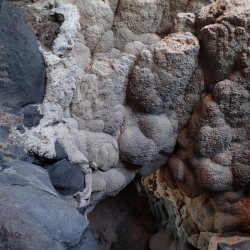





























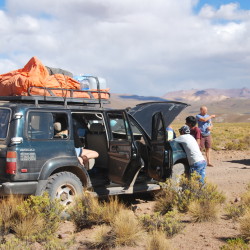







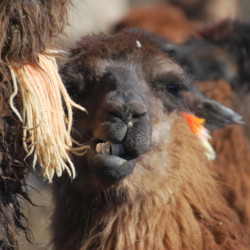

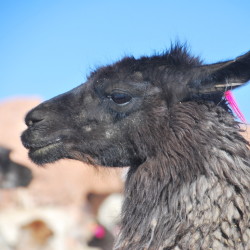













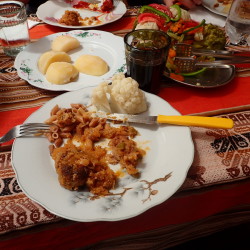










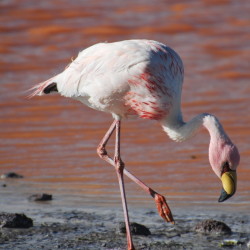


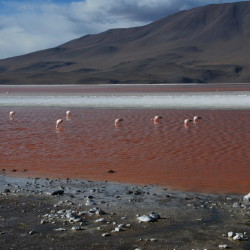















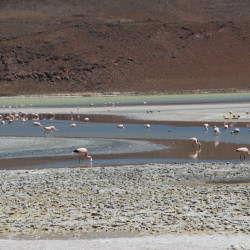
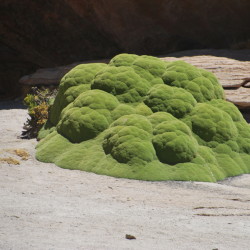
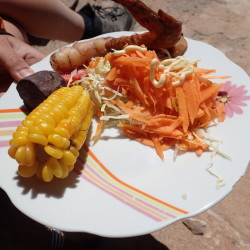


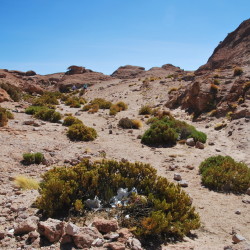



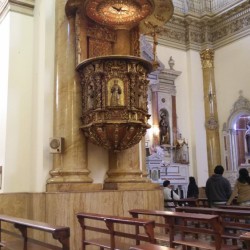






















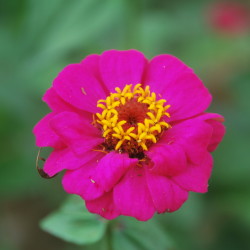





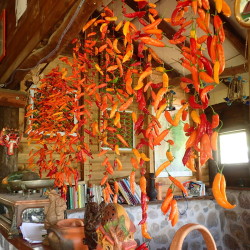


Recent Comments